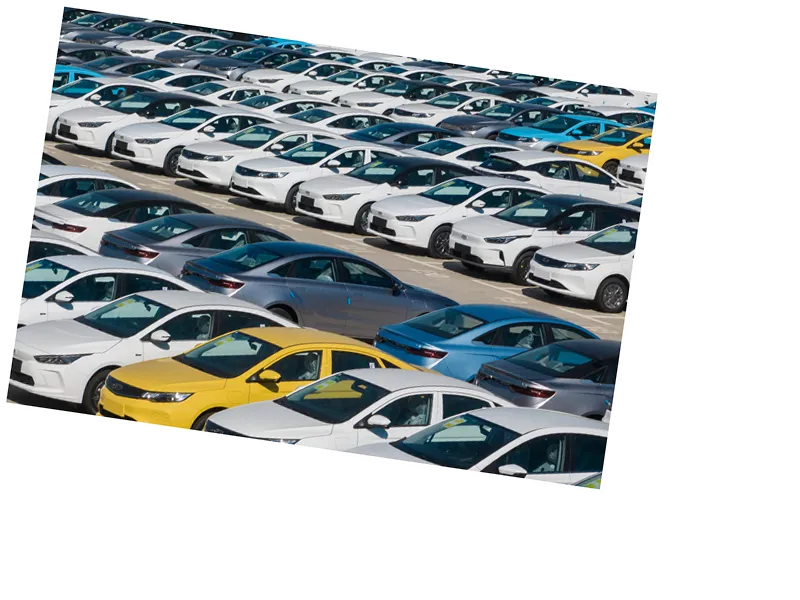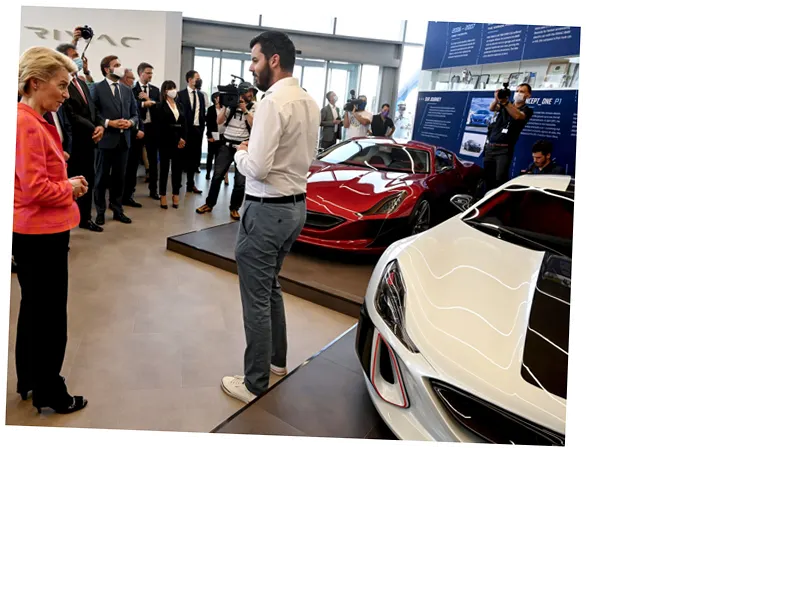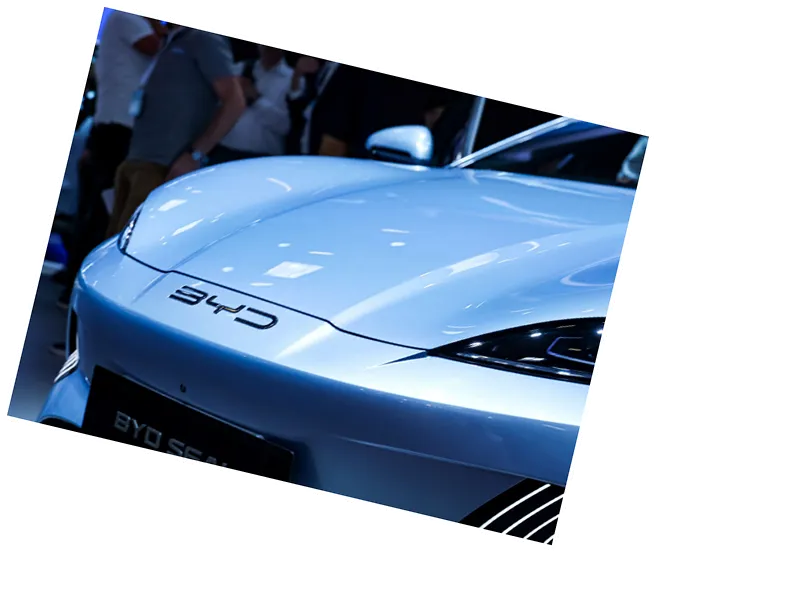China has formally lodged a complaint with the World Trade Organization (WTO) against Canada's recent decision to impose steep tariffs on Chinese-made electric vehicles. This move comes as part of a broader pattern of trade tensions, with China previously raising similar issues with the United States and the European Union earlier this year. The tariffs, which could reach as high as 100%, are viewed by China as a form of 'trade protectionism' that threatens to distort global supply chains.
Starting October 1, 2024, Canada will implement these tariffs not only on electric cars but also on hybrids, trucks, buses, and vans manufactured in China. This decision follows an existing 6.1% tariff and is part of a larger strategy to protect local industries amid concerns over the impact of Chinese exports. Additionally, a 25% tariff on Chinese steel and aluminum is set to take effect on October 15, 2024.
In response, China has initiated an anti-dumping investigation into canola imports from Canada, signaling its commitment to safeguard domestic industries from foreign competition. The implications of these tariffs are significant, particularly for China's electric vehicle sector, which has seen substantial growth as the country aims to enhance its economy through international trade. China's Ministry of Commerce has emphasized its intention to utilize the WTO framework to defend the rights and interests of Chinese companies, urging Canada to reassess its protective measures.
- The ongoing trade dispute highlights the delicate balance of international relations and economic policies. With electric vehicles being a critical area of growth for China, the tariffs could hinder its export market significantly. The situation remains fluid, as both nations navigate the complexities of trade, protectionism, and global supply chains.
- As these developments unfold, stakeholders in the automotive and steel industries, as well as consumers, will be watching closely to gauge the long-term effects on prices, availability, and international trade dynamics.






